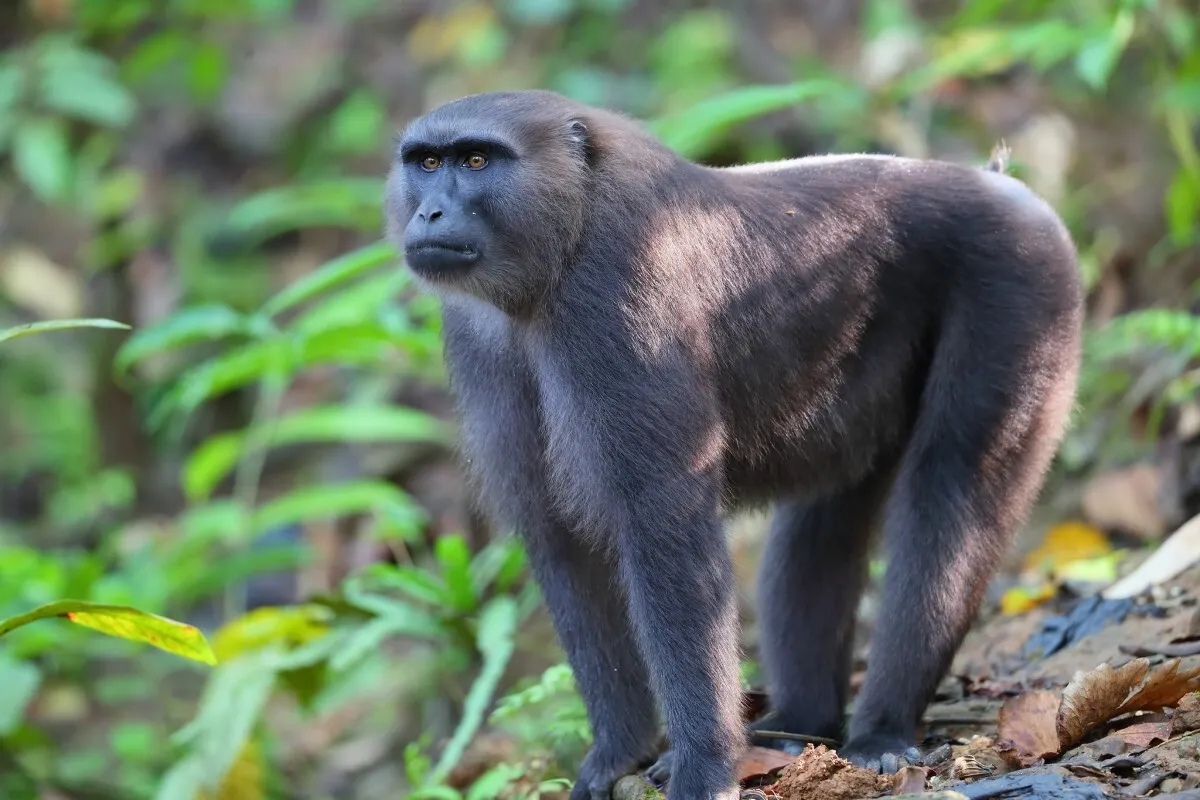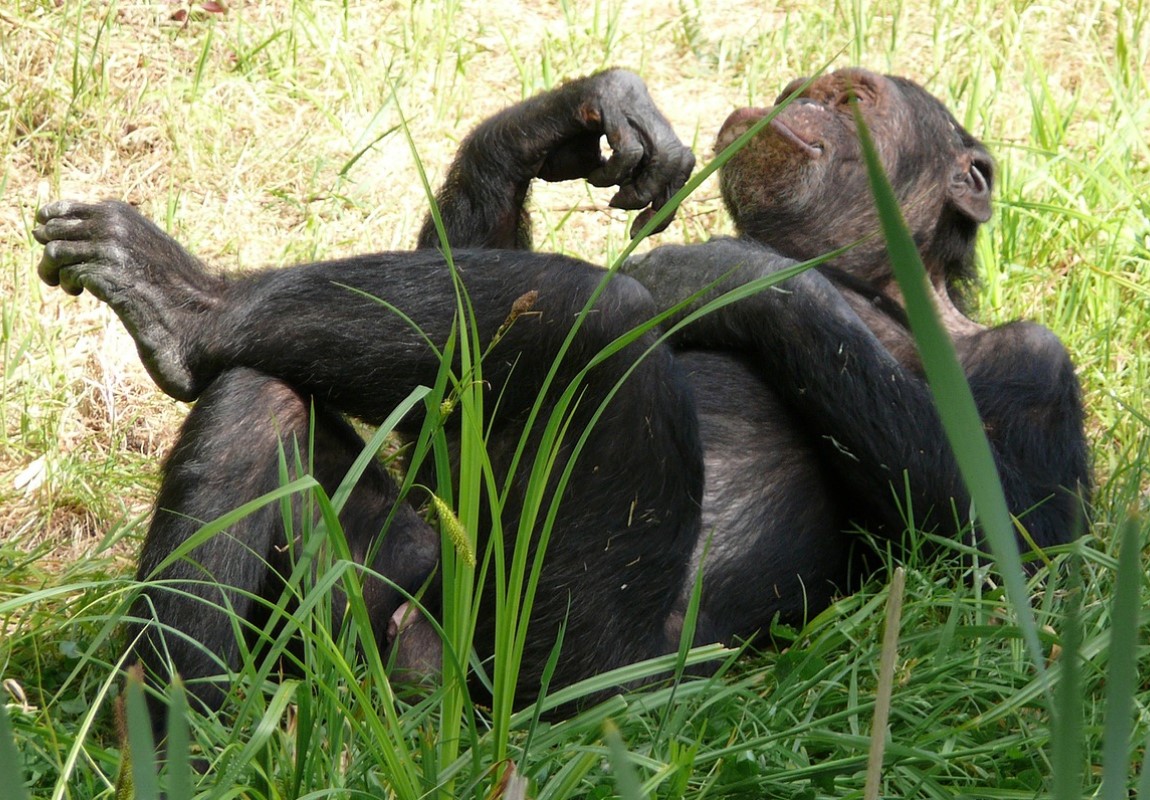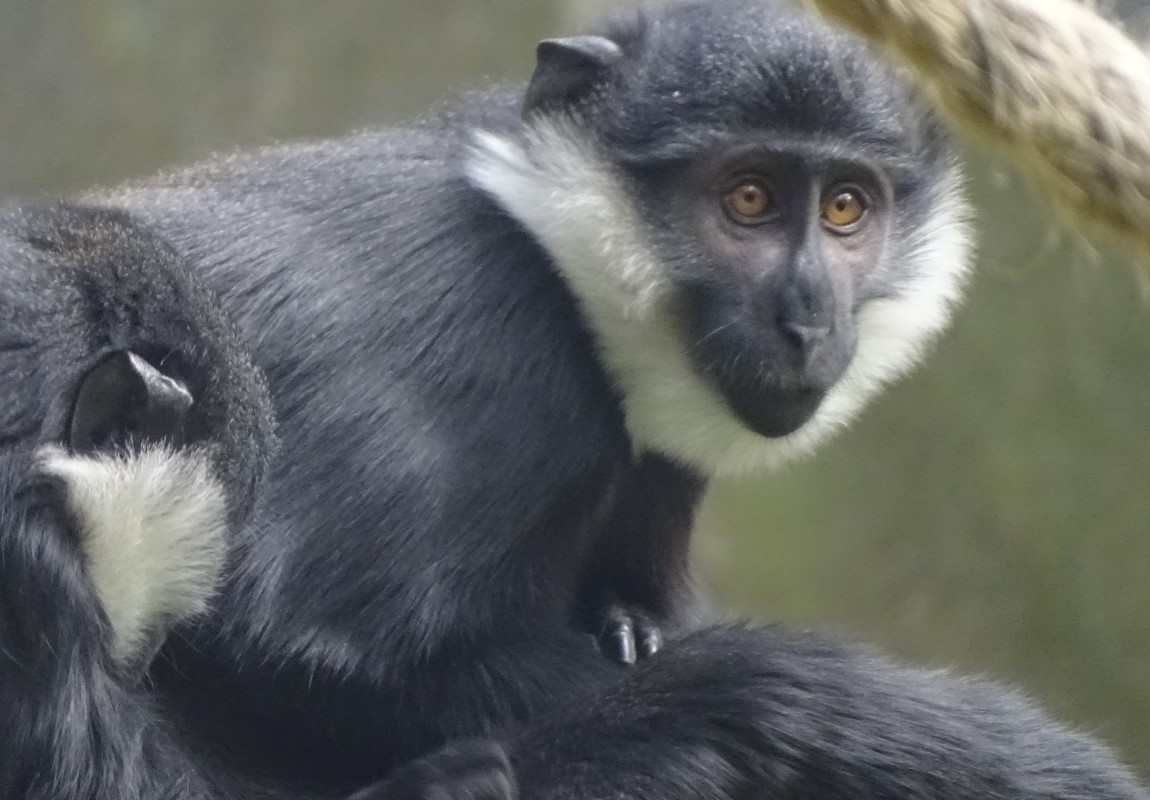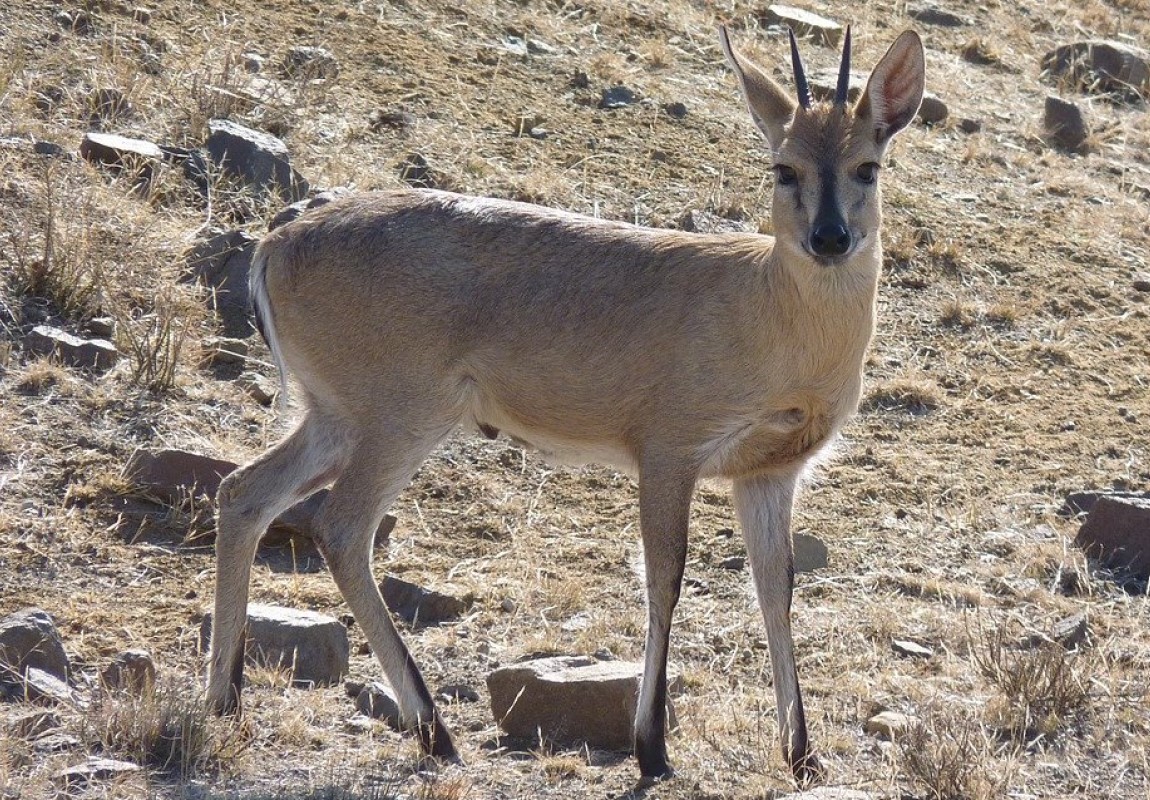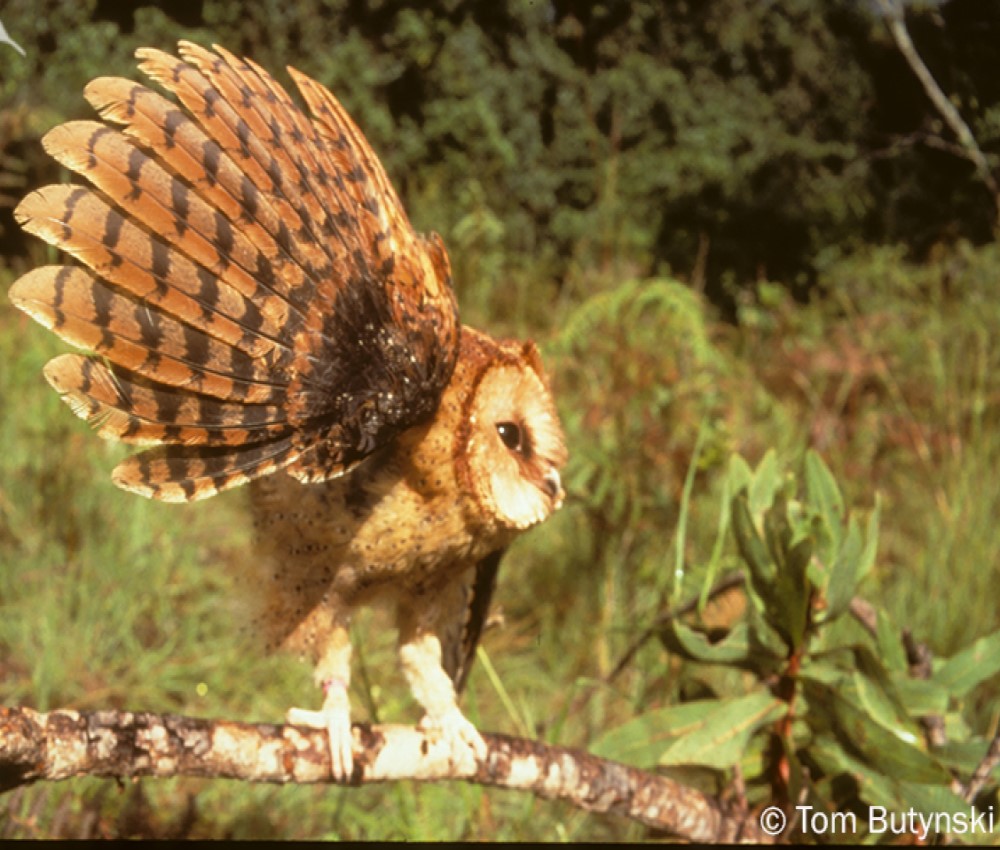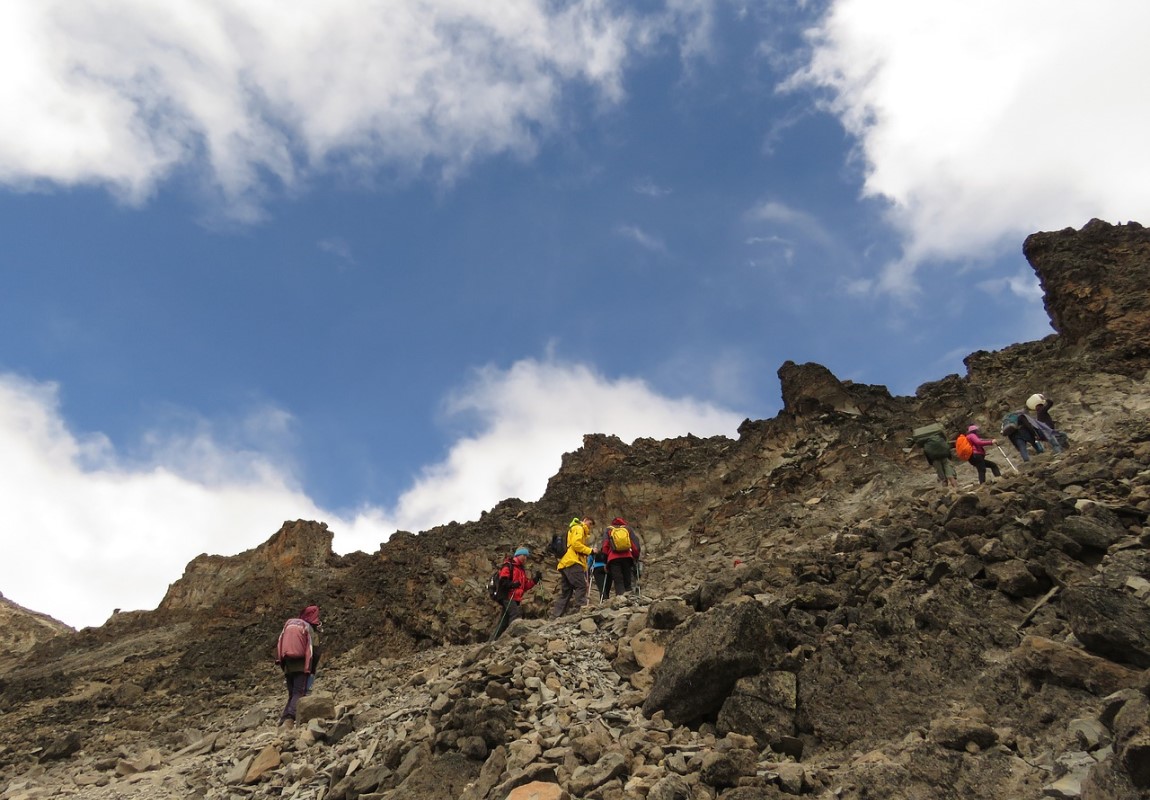Gishwati Mukura National Park 
Starting from
$850PP
Overview
Gishwati Forest Reserve is a protected reserve in the northwestern part of Rwanda, not far from Lake Kivu. It consists of two separate parks Gishwati and Mukura forests which are 25km apart from each other. The park is at the present piece of an ambitious landscape reclamation program. Activities in the park started in 2019 which include a guided nature hike, guided chimp and monkey tracking, bird watching and a visit to the waterfalls.
Pros & Cons
- New, off-the-beaten-track destination
- Opportunity to help a significant preservation drive
- Chimpanzees trekking accessible
- Can be visited as a road trip from a few close-by areas
- Great birding with a few Albertine Rift endemics
- Restricted path and activities accessible
- Forest is degraded
- No accommodation as of now
- Chimps are less habituated than in more settled spots
Map in Rwanda
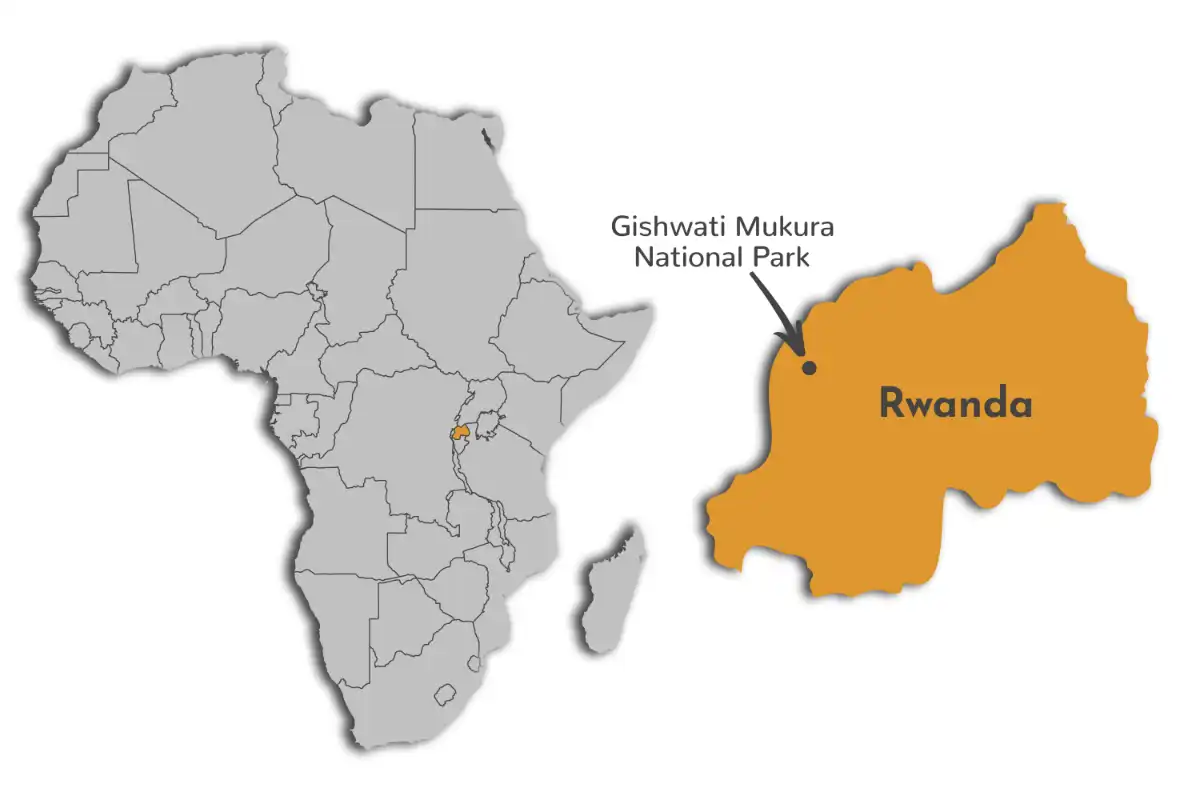
Want to Visit Gishwati Mukura National Park?
Gallery Images
Explore the stunning beauty of Gishwati Mukura National Park through our curated collection of photographs showcasing its landscapes, wildlife, and natural wonders.
Want to Visit Gishwati Mukura National Park?
Wildlife & Animals
A primary fascination is a group of habituated chimpanzees. Other primates include the golden monkey, blue monkey and l'Hoest's monkey which are endemic to the Albertine Rift. Other small mammals include tree hyrax and black-fronted duiker.
Wildlife Highlights
Gishwati is home to a group of 20 chimpanzees which live close by golden monkeys, L'Hoest's and Blue Monkeys.
Best Time for Wildlife Viewing
Gishwati Mukura can be visited around the year, But still wet season from October to May is awesome for chimpanzees trekking and forest birding. General hiking may be simpler in the drier months from June to September.
Want to Visit Gishwati Mukura National Park?
Birds
Birds are well represented too, 232 species have been seen at Gishwati and 163 at Mukura, among them Albertine Rift Endemic species and forest specialists.
Best Time for Birding
Gishwati Mukura can be visited round the year, But still wet season from October to May is awesome for forest birding. General hiking may be simpler in the drier months from June to September.
Want to Visit Gishwati Mukura National Park?
Best Time to Visit – Gishwati Mukura National Park
Gishwati Mukura can be visited around the year, But still wet season from October to May is awesome for chimpanzees trekking and forest birding. General hiking may be simpler in the drier months from June to September.
May to October (Dry Season)
- Less vegetation and animals concentrate around water, making them easier to spot
- The skies are clear, rain is rare, and there are fewer mosquitoes
- Even though most tourists visit during the Dry season, the parks still feel uncrowded, except for the bustling Chobe riverfront area
- Early morning and evening drives are cold in June, July and August
November to April (Wet Season)
- The scenery is greener, and there are lower rates during this season
- Although wildlife is easier to spot in the Dry season, you'll still see plenty
- There are many newborn animals and migratory birds
- Except for January and February, rains seldom interfere with your trip
- During January and February, the rains can be continuous for days
- It gets very hot in October and November
- Some lodges and camps close down during part of the Wet season
Want to Visit Gishwati Mukura National Park?
Activities
Explore popular activities available in and around Gishwati Mukura National Park.
Want to Visit Gishwati Mukura National Park?
No FAQs available for this park yet.

 English
English French
French


